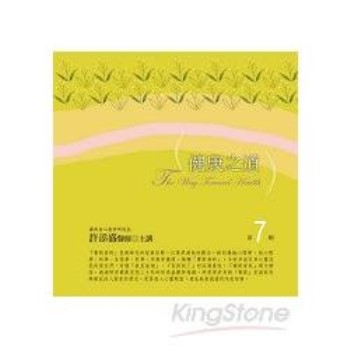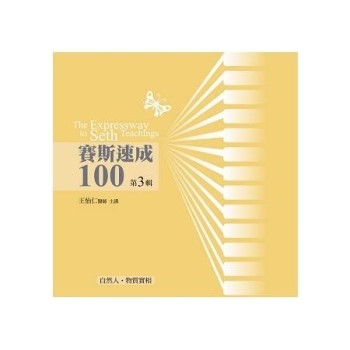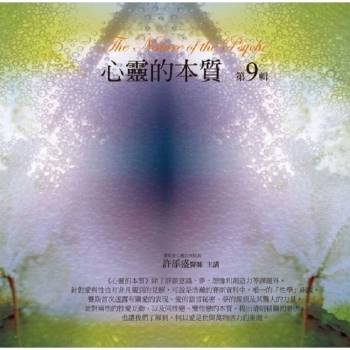Coming from a rural background in South Carolina, Lee enlisted in the Navy in 1940 and became an aviation mechanic before entering pre-flight training. He became a naval aviator in 1943 and the following year joined the carrier Essex (CV-9), from which he flew first as a bomber pilot, then in an F6F fighter. In the postwar period, he returned to the attack role, flying SB2Cs and ADs. He completed his college education in the late 1940s, then served two combat tours in the Korean War. After postgraduate education in nuclear weapons effects, he had a tour in experimental squadron VX-3, then taught senior officers about nuclear weapons. He commanded VA-46, an A4D squadron, was on the staff of the Joint Strategic Target Planning Staff in Omaha, and was air group commander in the USS Enterprise (CVAN-65). He was selected for the Navy’s nuclear power program by Admiral Hyman Rickover and underwent training. He commanded the amphibious warfare ship Alamo (LSD-33) just as the United States was getting involved in the Vietnam War. In the mid-1960s Lee served in the Pentagon as executive assistant to the Assistant Secretary of the Navy (Research and Development). From 1967 to 1969 he was commanding officer of the nuclear-powered carrier Enterprise (CVAN-65). A considerable part of this volume is devoted to his command of that ship, including two fatiguing combat tours off Vietnam, the Pueblo (AGER-2) crisis, the demands of Admiral Rickover, and a visit from President Lyndon Johnson. Afterward he served as head of the Office of Program Appraisal for Secretary of the Navy John Chafee. As a three-star admiral, Lee was the top-ranking naval officer at the Joint Strategic Target Planning Staff. The bulk of Lee’s time as a flag officer was spent in the Naval Air Systems Command, first as assistant commander for maintenance and fleet support, finally as overall commander. In the latter job, as he explains, he had an instrumental role in the development of the F/A-18 Hornet. He retired in 1976. Lee’s openness and candor throughout his oral history make it a particularly valuable one.
| FindBook |
有 1 項符合
Reminiscences of Vice Adm. Kent L. Lee, USN (Ret.), vol. II的圖書 |
 |
Reminiscences of Vice Adm. Kent L. Lee, USN (Ret.), vol. II 作者:Lee 出版社:US Naval Institute Press 出版日期:2017-05-01 語言:英文 規格:精裝 / 414頁 / 27.94 x 21.59 x 2.39 cm / 普通級/ 初版 |
| 圖書館借閱 |
| 國家圖書館 | 全國圖書書目資訊網 | 國立公共資訊圖書館 | 電子書服務平台 | MetaCat 跨館整合查詢 |
| 臺北市立圖書館 | 新北市立圖書館 | 基隆市公共圖書館 | 桃園市立圖書館 | 新竹縣公共圖書館 |
| 苗栗縣立圖書館 | 臺中市立圖書館 | 彰化縣公共圖書館 | 南投縣文化局 | 雲林縣公共圖書館 |
| 嘉義縣圖書館 | 臺南市立圖書館 | 高雄市立圖書館 | 屏東縣公共圖書館 | 宜蘭縣公共圖書館 |
| 花蓮縣文化局 | 臺東縣文化處 |
|
|
圖書介紹 - 資料來源:博客來 評分:
圖書名稱:Reminiscences of Vice Adm. Kent L. Lee, USN (Ret.), vol. II
|










